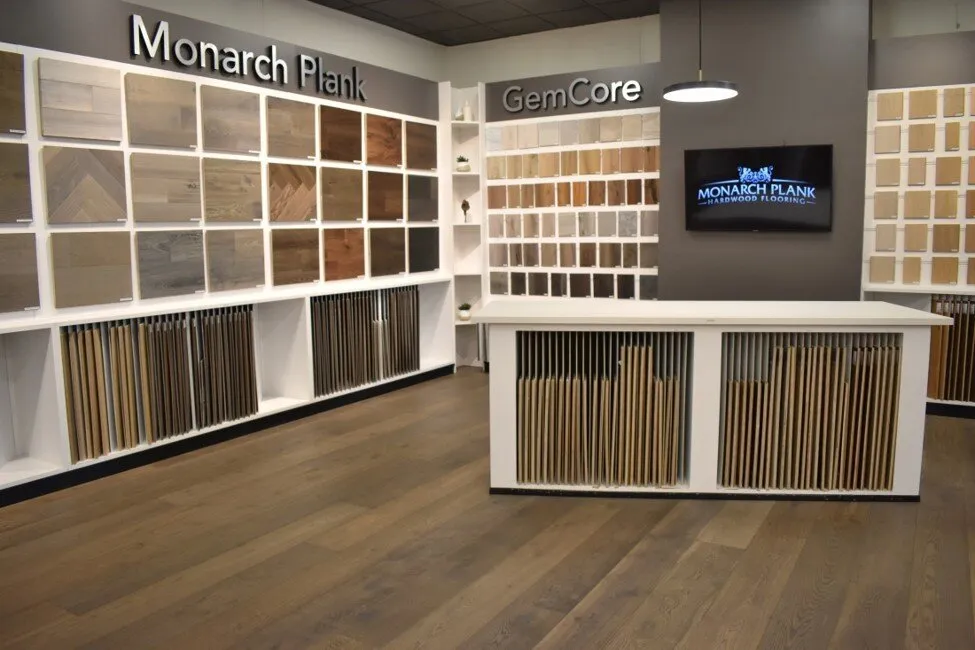Table of Contents
Suddenly, the labor situation in construction is beginning to look brighter. After nearly a decade of struggling to add able bodies to the workforce, employers filled 61,000 new jobs in February—the biggest monthly increase in 11 years, according to the U.S. Labor Department.
As those crews get to work, speed and efficiency remain paramount to managers and foreman, who need to optimize labor on the ground for faster cycle times, reduced material waste, and a focus on jobsite safety. Tool and hardware makers are responding by evolving product technologies to ease installation, minimize learning curves, and reduce operator fatigue.
“Even with recent workforce improvements, the labor pool is still constricting construction, especially on the residential side,” says Simpson Strong-Tie director of marketing development Jason Liebreich. “As a result we want to simplify construction processes, so we’re definitely focused on products that ease installation or perhaps require less skilled labor.” One example is the Quik Drive auto-feed screw driving systems designed to support the contractor on the jobsite by incorporating collated fasteners with smaller, lighter weight and more ergonomic tools.
There’s a growing demand for fastener systems like these—systems that are compatible with cordless driver motors so there is no cord hauling, no compressed-air hoses and no ballistics needed.
“There’s a definite need for technology that reduces jams and misfeeds while allowing for tools that are ergonomic and lightweight,” says Simpson Strong-Tie product marketing manager Robert Shirley. “There’s also still a lot of applications that force the contractor to get down on their knees or be up on a ladder at an awkward angle. We’re seeking to improve those environments for increased safety and decreased fatigue that helps save the contractor money.”
Collated fastener systems like that aren’t power actuated and don’t require licensing and extensive training, helping get contractors on the job quicker. To help builders get up to speed faster, it might be a good idea to host activities like product boot camps and lunch events at lumberyards and jobsites, where different products can be explained and demonstrated.
“Optimizing hardware durability for specific tasks can also reduce waste,” adds Liebreich. “Connectors and fasteners are a bit different, but the rule of thumb is that if you have a product that’s stronger, you can reduce the number that you need. For example, with fasteners, you might be able to get away with larger spacing using just 10 screws versus 15.”
In response to certain growing trends in the industry, Shirley says the company is also looking at the design of its collated fasteners to boost holding power and install quickly with less torque, resulting in less stress on the drive motor, decreased operator fatigue, and a 30% more productive tool on average. “Anything to get the job done faster and safer as well as to boost ease of use and project speed all contributes to reducing cost and driving profits,” Shirley says.
For new construction workers and seasoned veterans alike, the boost in install speeds—not to mention leaving behind a jobsite floor strewn with jammed, discarded, and wasted fasteners—will make quick adopters of newer collated systems. “If you can get one of these tools into the work-er’s hands, even the guy who sleeps with a screw gun will be happy,” Liebreich says. With so many new jobs finally getting filled in residential construction, that could be a bright spot, indeed.









